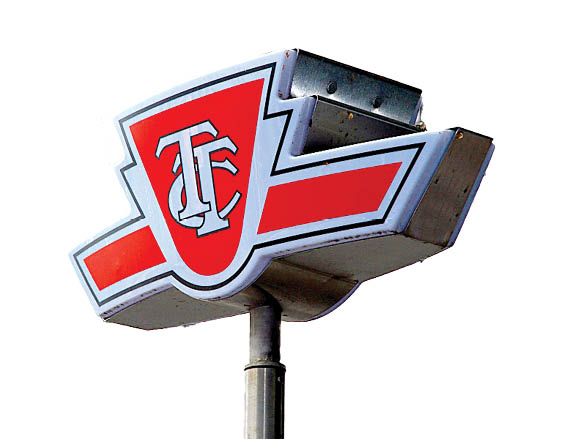Do you feel safe riding the TTC in Toronto?
It’s known as the Red Rocket, Toronto Transit Commission and many other names in our multicultural community. The safety of riding the TTC in Toronto has become a major talking point as “not the better way” but once was called “the better way” when using the transit system in this city without thinking twice about doing so.
Public transportation systems play a crucial role in the daily lives of millions of people around the world, providing a convenient and sustainable way to travel within cities. In Toronto, the Toronto Transit Commission (TTC) serves as the backbone of the city’s public transportation network, carrying millions of passengers each day. However, concerns about safety and declining ridership have raised questions about the effectiveness of the TTC compared to other cities and challenges it faces.
When it comes to safety, the TTC in Toronto has generally been considered a safe mode of transportation. The system has implemented various security measures, including surveillance cameras, emergency alarms, and the presence of transit enforcement officers to ensure the safety of passengers. While incidents of crime and safety concerns do occur, the overall safety record of the TTC is comparable to or better than many other major cities around the world.
Compared to other cities such as New York, London, or Tokyo, Toronto’s TTC has lower crime rates and incidents of violence on its transit system. The TTC also has a relatively low rate of accidents and incidents compared to some other cities, which contributes to its reputation as a safe mode of transportation for commuters and residents alike. Despite its reputation for safety, the TTC has been facing challenges in recent years, particularly in terms of declining ridership. There are several factors contributing to this decline, including the rise of ride-sharing services, increased use of cycling infrastructure, and changing commuting patterns due to the COVID-19 pandemic.
One significant reason for the declining ridership on the TTC is the perceived unreliability and inefficiency of the system. Delays, overcrowding, and service interruptions have become common complaints among TTC riders, leading many to seek alternative modes of transportation. The lack of investment in infrastructure and modernization of the system has also played a role in the decline of ridership. Despite these challenges, the government’s support for the TTC has been a point of contention. The TTC is heavily reliant on government funding to operate and maintain its services, yet funding levels have not kept pace with the growing needs of the system. Chronic underfunding has led to a lack of investment in infrastructure, rolling stock, and technology, which has contributed to the decline in service quality and ridership.
In addition, political factors and competing priorities at the municipal and provincial levels have also impacted the government’s support for the TTC. Budget constraints, and changing leadership, and bureaucratic inefficiencies have all played a role in the challenges facing the TTC and its ability to attract and retain riders. One of the critical factors contributing to the decline in ridership on the TTC is the state of its aging infrastructure. The government must prioritize investment in upgrading and modernizing the system, including replacing old vehicles, improving station facilities, and expanding service to underserved areas. By investing in infrastructure, the TTC can enhance the reliability and efficiency of its services, attracting more riders and improving the overall passenger experience.
Improving the quality of service on the TTC is essential to retaining existing riders and attracting new ones. This includes delays, increased service frequency, enhancing accessibility for people with disabilities, and implementing measures to address overcrowding. By focusing on improving service quality, the TTC can build trust with its riders and encourage more people to choose public transportation as their preferred mode of travel.
Effective promotion and marketing strategies can help raise awareness of the benefits of using the TTC and attract new riders. The TTC can leverage social media, digital advertising, and community outreach initiatives to engage with residents and showcase the convenience, affordability, and sustainability of public transportation. By promoting the TTC as a safe, reliable, and efficient mode of travel, the system can increase its ridership and support from the community.
While the TTC in Toronto remains a relatively safe mode of transportation compared to other cities, it is facing significant challenges in terms of declining ridership and government support. Addressing these challenges will require a concerted effort from all levels of government, as well as increased investment in infrastructure, technology, and service improvements to ensure the long-term sustainability and success of the TTC as a vital public transportation system for the city of Toronto.
One last crucial point that l would like to address is that with the FIFA tournament coming up in 2026 having a safe public transit system will be critical or we may not ever live it down. Either way, we need to get this right, not for our own sake, but to show the rest of the world that we are in fact a world class city.
Vincent Black/MS






Redes Sociais - Comentários